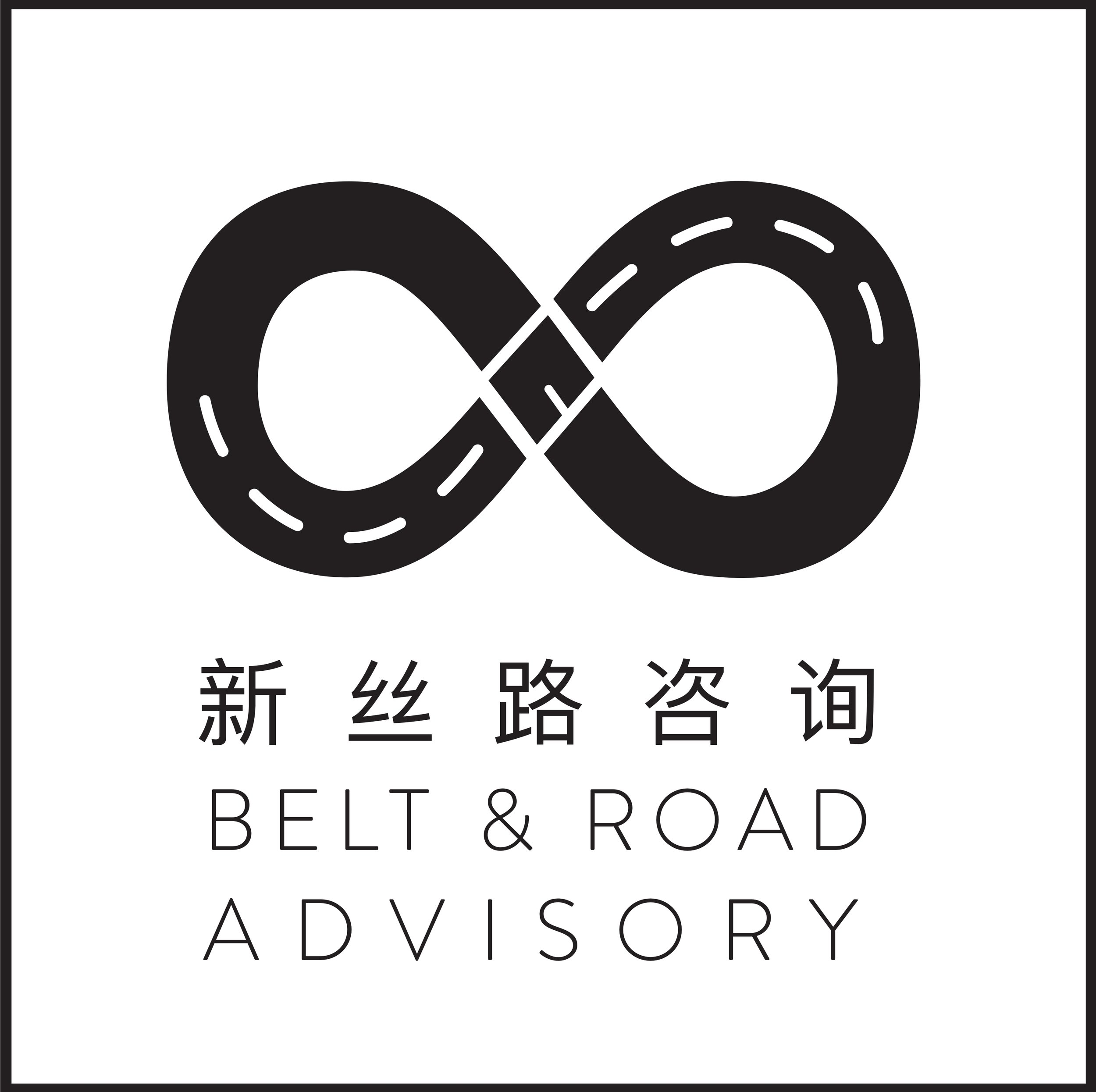China’s AIIB will not stage a challenge to the World Bank
Screen Shot 2017-08-27 at 07.43.13
For an institution not even two years old, the Asian Infrastructure Investment Bank (AIIB) has received a plethora of international media attention. Yet, it’s no surprise that this multilateral development bank (MDB) originating from China has found itself at center-stage; after all, The World Bank and co. have seen their credibility diminish after the Great Financial Crisis and simultaneously China has been looking outwards; portraying herself as guarantor of global free trade and investment.
The narrative often put forward by AIIB sceptics is two-fold: firstly, the AIIB, injected with US$ 100 billion of capital, seeks to fundamentally reshape global trade and investment through staging a challenge to existing MDBs; and secondly, along with the Belt & Road Initiative (BRI), the AIIB will act as a vehicle for China to pursue its own geopolitical ambitions.
However, the AIIB’s activities up to now cast doubt on this narrative. If the AIIB intended to stage a challenge to existing MDBs, we might assume that it would seek to isolate such institutions and conduct its own activities in a more heterodox manner. However, if anything, the AIIB has embraced other MDBs through co-financing initiatives; of the 17 projects approved up to August 2017, all but one are co-financed. In one project in Indonesia, the World Bank is even administering the AIIB’s loan. Moreover, the framework used to set-up the AIIB was largely modelled on that of the World Bank.
Going forward, while the AIIB may take more of a leading role in project design, it still expects to engage in co-financing with other MDBs. Critical to this is a humility within the organization’s leadership that acknowledges that the AIIB does not have a thaumaturgic ability to singlehandedly solve global infrastructure deficiencies. Instead, the organization views itself as a “catalyst” according to AIIB President Jin Liqun; one which can garner the support of other MDBs, institutional investors and private sector players to all come to the table together. $26 trillion dollars of spending is required on infrastructure in emerging Asian countries by 2030; and no one organization is capable of meeting that alone. To act as that catalyst, and to work alongside incumbent infrastructure investors, the AIIB has and will continue to operate through the existing global trade and investment system to engage international partners.
The second tenet to the oft-cited narrative is that the AIIB will help China to pursue its geopolitical ambitions across the Asian continent and beyond. As much as China might play down the concerns of its international partners, it is clear that under President Xi Jinping, such ambitions have become more explicit. President Xi has overseen a shift in how the China views itself in the region and in the world; taking a more assertive and consequential role on the global stage compared to previous Presidents. The “great rejuvenation of the Chinese nation” is a quest not only to return to greatness at home, but also abroad.
In achieving greatness abroad, President Xi has looked to his flagship ‘Belt & Road Initiative’ which, at its core, offers vast sums of concessional financing to build key infrastructure in developing countries. The caveat is that the contracts for these projects are offered to Chinese construction companies without competitive and transparent bidding processes. By having a monopoly on all BRI related work, Chinese companies can spread their engineering standards across the world. The corresponding movement of Chinese people abroad further helps to spread the Middle Kingdom’s tentacles and business interests. And increasingly, China also asks for country cooperation on its foreign policy stances, notably on Taiwan, in return for financing. Given the size of the investments being made (anticipated in the range of 4 to 8 trillion dollars), it’s difficult to imagine China’s geopolitical clout not increasing under the BRI.
Yet, from what we’ve seen so far, the AIIB has little to do with this geopolitical agenda and is too often conflated with BRI. The AIIB’s pledged capital comes from the 80 members, and no one nation has veto power. The individuals appointed to senior management and on the Board of Governors and Directors, come from around the world. AIIB projects are subject to open tendering, meaning Chinese firms do not have a monopoly over associated projects. The organization does not offer concessional loans on the fear of crowding out private sector investors, and instead operates like a large investment bank, ensuring project creditworthiness. The AIIB’s risk management procedures have been important to the AIIB recently receiving three Triple-A credit ratings. On the contrary, losses on BRI investments in Central Asia alone are estimated to be 30%.
It was telling that during the second AIIB Annual Meeting held in Korea in June 2017 the AIIB’s senior management refrained from mentioning BRI, a clear attempt at detaching the AIIB from the concerns around BRI. While the AIIB and BRI both have infrastructure at their core, the former is grounded in an economic rationale, the latter with a more geopolitical one.
The AIIB does not seek MDB hegemony, nor does it seek to overthrow the existing international trade and investment system; the organization has neither the desire nor the capabilities to do so. So we should not succumb to the oft-cited yet ill-considered narrative of the AIIB which is mired in suspicion, but instead be supportive of organization for what it is. That is; an MDB that is well-governed, collaborative and focused on catalysing a solution to an infrastructure gap that has constrained too many countries over too many decades.

